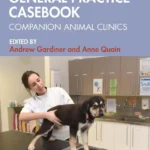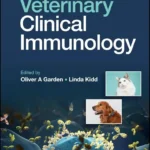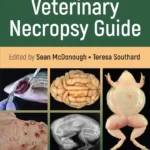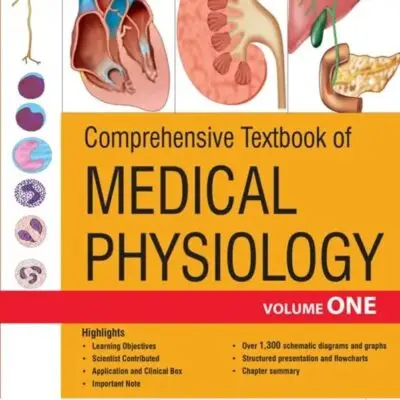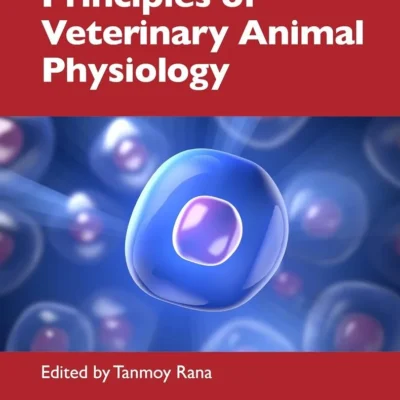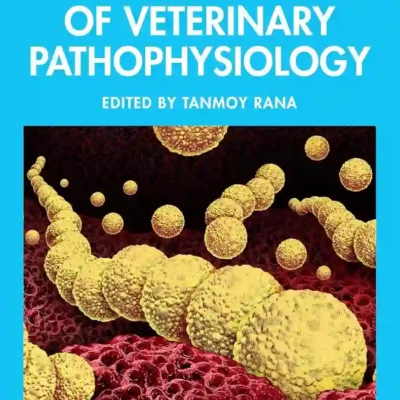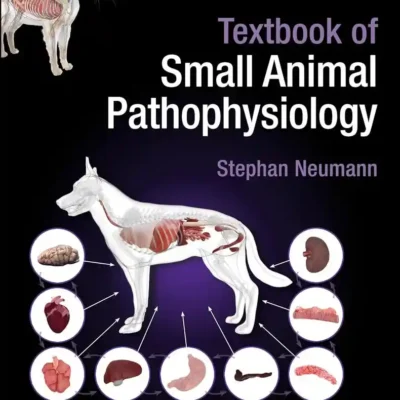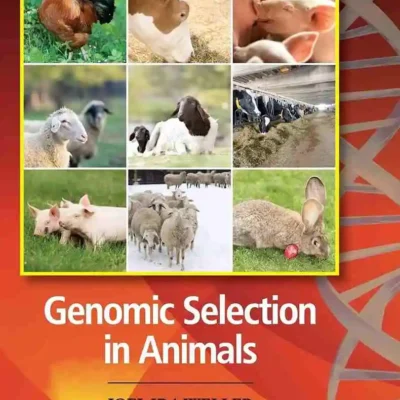Comprehensive Textbook of Medical Physiology
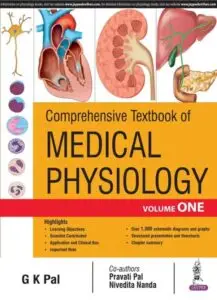 by G. K. Pal , Pravati Pal , Nivedita Nanda
by G. K. Pal , Pravati Pal , Nivedita Nanda
October 2016
Comprehensive Textbook of Medical Physiology pdf
Physiology is the key subject in medicine. Starting from the knowledge of body functions, physiology provides the concept of dysfunctions, the basis of understanding the disease processes and the insight into disease management and prevention. Many clinical investigations related to neurological disorders, autonomic dysfunctions, cardiovascular and respiratory diseases, endocrinal, renal, reproductive and metabolic problems are carried out in the well-equipped laboratories of physiology departments. This book “Comprehensive Textbook of Medical Physiology” is divided into 8 sections and comprises of total 83 chapters. The first section deals with the general physiology. Second section focusses on blood and immunity, and nerve and muscle are covered in the third section. A brief discussion on autonomic nervous system and gastrointestinal system have been presented in the fourth and fifth section. The sixth section deals with endocrine physiology whereas reproductive system is covered in seventh section. In the last section, renal system has been covered. All important data, special concepts and lengthy information that a student needs to remember have been presented in structured tabular format. Reading the tables helps to revise and remember these facts quickly. All chapters end with a ‘Chapter Summary’ that has been divided into two parts. The first part is the ‘Key Concepts’ that depicts the central theme or the major take-home message of the topic. This is not the chapter summary, rather the summary of the main concepts. The second part is the ‘Important to Know (Must Read)’ that provides all the probable long questions and short questions that usually come in theory examinations.
This two volume set is a complete guide to medical physiology for undergraduate medical students. Beginning with a general overview of the subject the following chapters each provide in depth discussion on the physiology of each anatomical system. Each section covers both clinical and applied physiology with topics enhanced by numerous photographs and diagrams. The book features the following invaluable learning – Learning objective – defined at the start of each chapter – Application boxes – key points of applied physiology highlighted in green boxes – Clinical boxes – core concepts of related diseases and patient management highlighted in pink boxes – Important notes – miscellaneous information that may be asked in viva voce examinations – Chapter summary – each chapter ends with a two-part summary outlining key concepts of the topic and listing possible long and short questions, and viva questions that may be asked in examinations – ‘Scientist contributed’ boxes – explain historical links – highlighted in orange boxes

